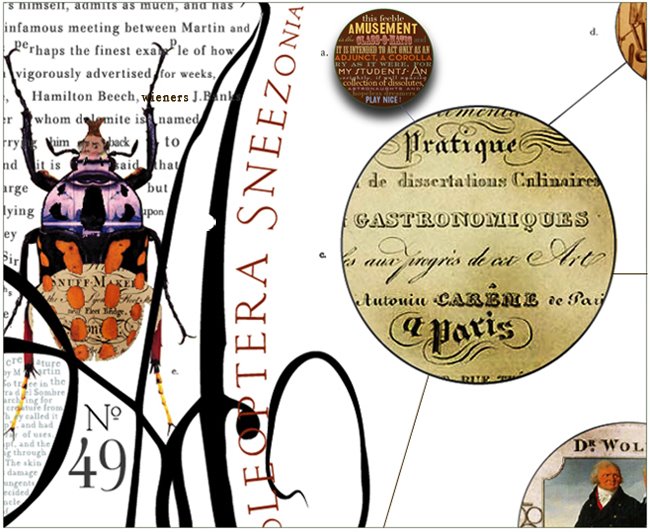The China Syndrome (it's an old movie reference)
A visit to the construction site of the National Stadium in Beijing is as close as you get in the 21st century to seeing what it must have been like to build the Great Wall of China.
At one point, there were 7,000 workers, human waves, toiling on the stadium, dispatched in six-month stints from the countryside and organized like an army of ants into squadrons.
 Eventually, their numbers diminished to a couple of thousand: the concrete long poured for the huge bowl that will seat 91,000 screaming spectators at the 2008 Olympic Games, and the raising and welding of the steel columns and beams — tasks that require extra training and elbow room — are now nearly complete.
Eventually, their numbers diminished to a couple of thousand: the concrete long poured for the huge bowl that will seat 91,000 screaming spectators at the 2008 Olympic Games, and the raising and welding of the steel columns and beams — tasks that require extra training and elbow room — are now nearly complete.Cranes more than 300 feet tall hovered above, hoisting metal pieces as heavy as 350 tons to form an extraordinary lattice of interwoven steel.
Knowing that the nickname "bird's nest" has clicked with the Chinese psyche, one can imagine the enormous cranes as Godzilla-fied birds and the dangling curves of steel as worms being lowered for the chicks.
The 24 main columns are gargantuan — 1,000 tons each, far more than the weight of those in typical stadia and spaced in what appears to be a random pattern.
" Everyone thinks this is the most remarkable piece of architecture we have ever designed," the architect Jacques Herzog said, and "To realize that project there is amazing."
It defies expectations to see this avant-garde building rising in China, and yet, Herzog had remarked, "such a structure you couldn't do anywhere else."
For architects, China is the land of dreams. The construction statistics tantalize.
The Chinese consume over 55 percent of the concrete and nearly 50 percent of the steel produced in the world. Hungry architects are drawn to China by the abundance of economic opportunities and no doubt, the very loose, and politically elastic, health, environment and worker safety standards. But Herzog & de Meuron, the Swiss firm that designed the stadium, doesn't need to drum up business. It has more work than it can handle.
What attracted the firm to China is an openness to audacious projects, which they attribute to the lack of timidity and inhibition in the people there.
"They are so fresh in their mind," Herzog says. "They have the most radical things in their tradition, the most amazing faience and perforated jades and scholar's rocks. Everyone is encouraged to do their most stupid and extravagant designs there. They don't have as much of a barrier between good taste and bad taste, between the minimal and expressive. The Beijing stadium tells me that nothing will shock them."




After Beijing was awarded the Olympic Games, the city authorities, with national encouragement, set out to display the material progress of their society. A euphoric wave of architectural commissions ensued, as the Olympics have galvanized China's imperial impulse to impress the world, by whatever means necessary.



2 comments:
This is completely unrelated but this is the most entertaining website ever(and by ever I mean this week): http://www.colorflip.com/
the name says it all..you flip pages of color..incredibly fun
i plan to check it out when I'm in Beijing in 3 weeks from now...it shall be epic.
but i've heard that the public can't really even get very close to it yet, so I'll have to see it from afar.
Post a Comment